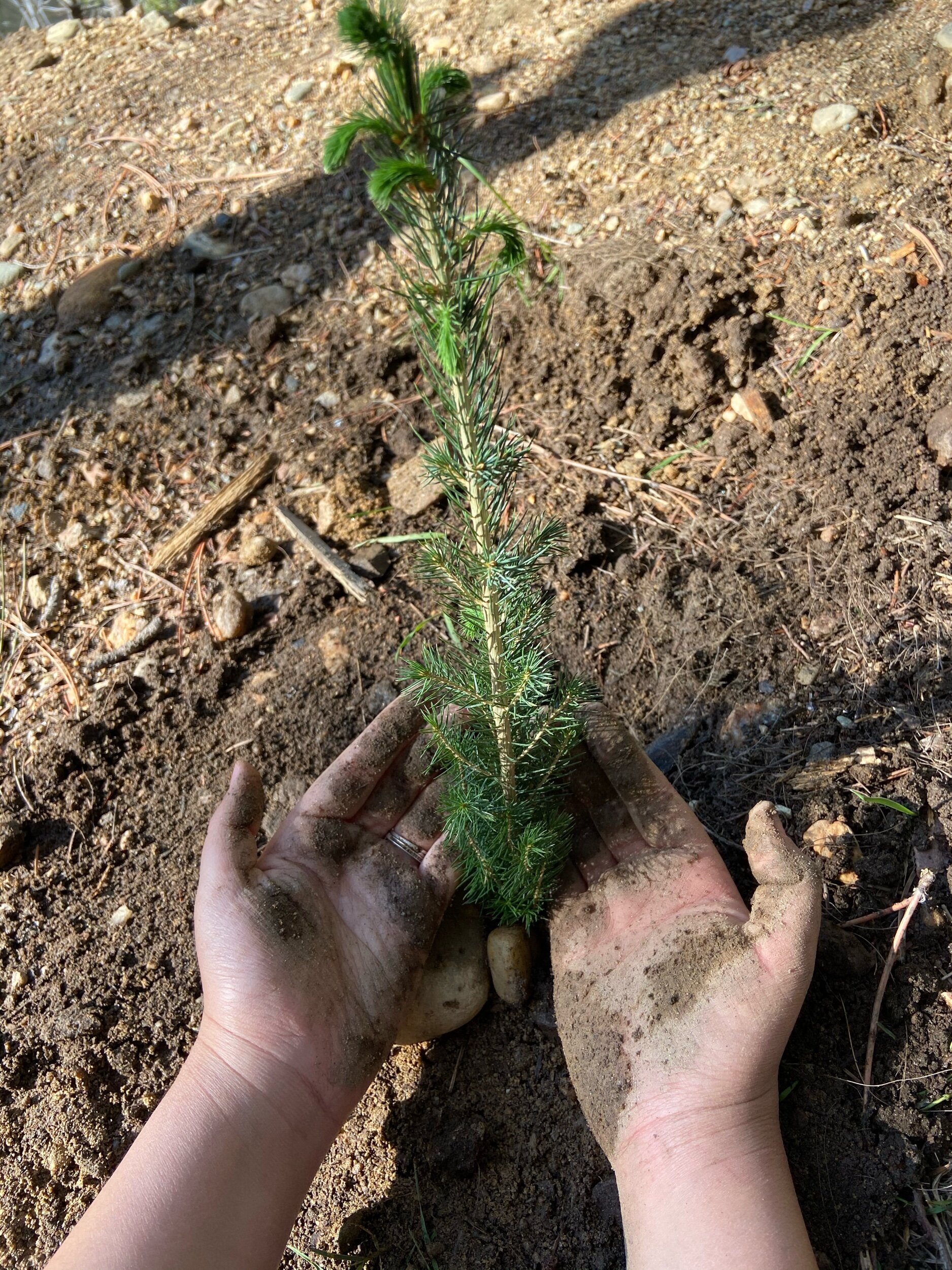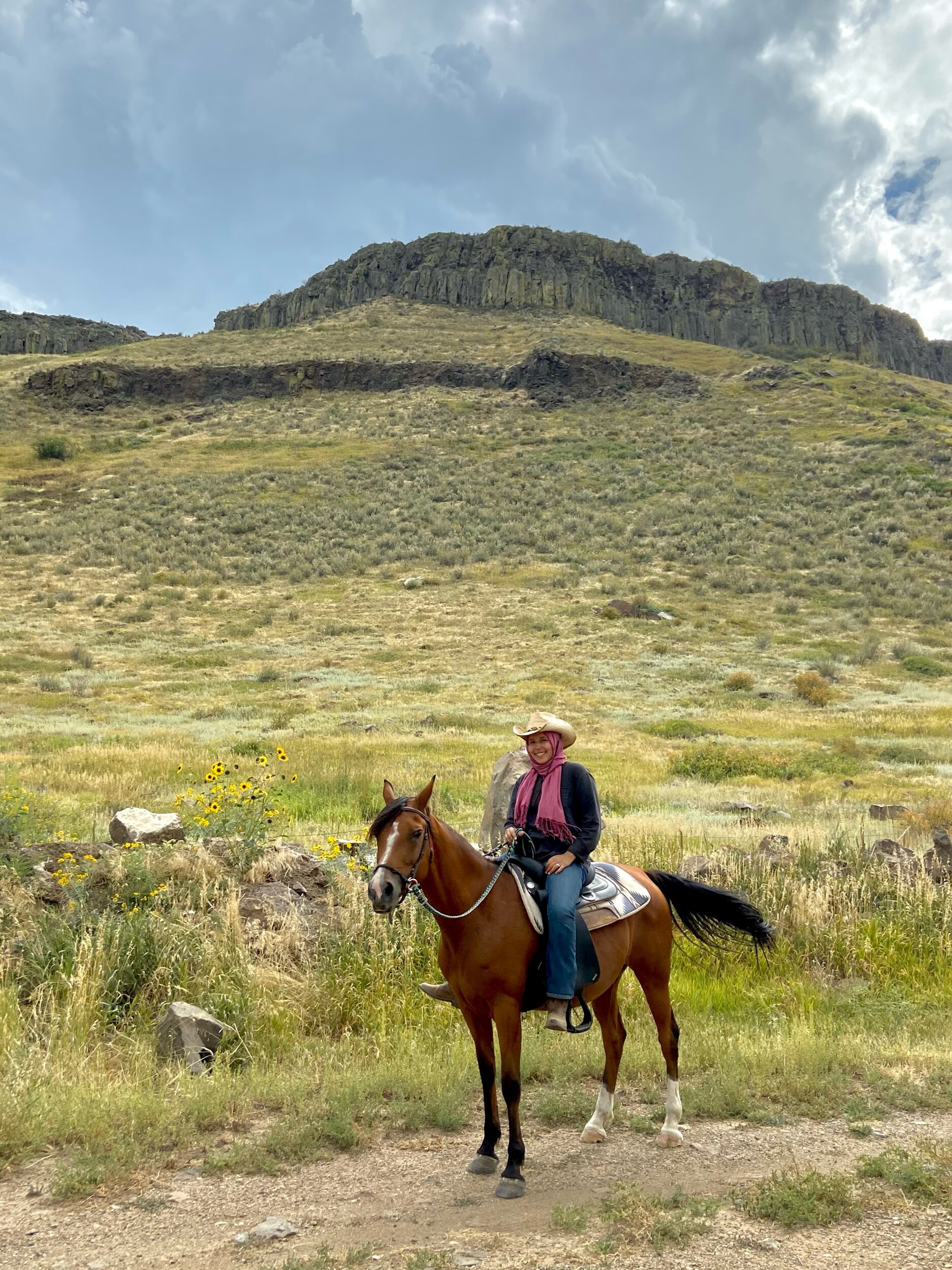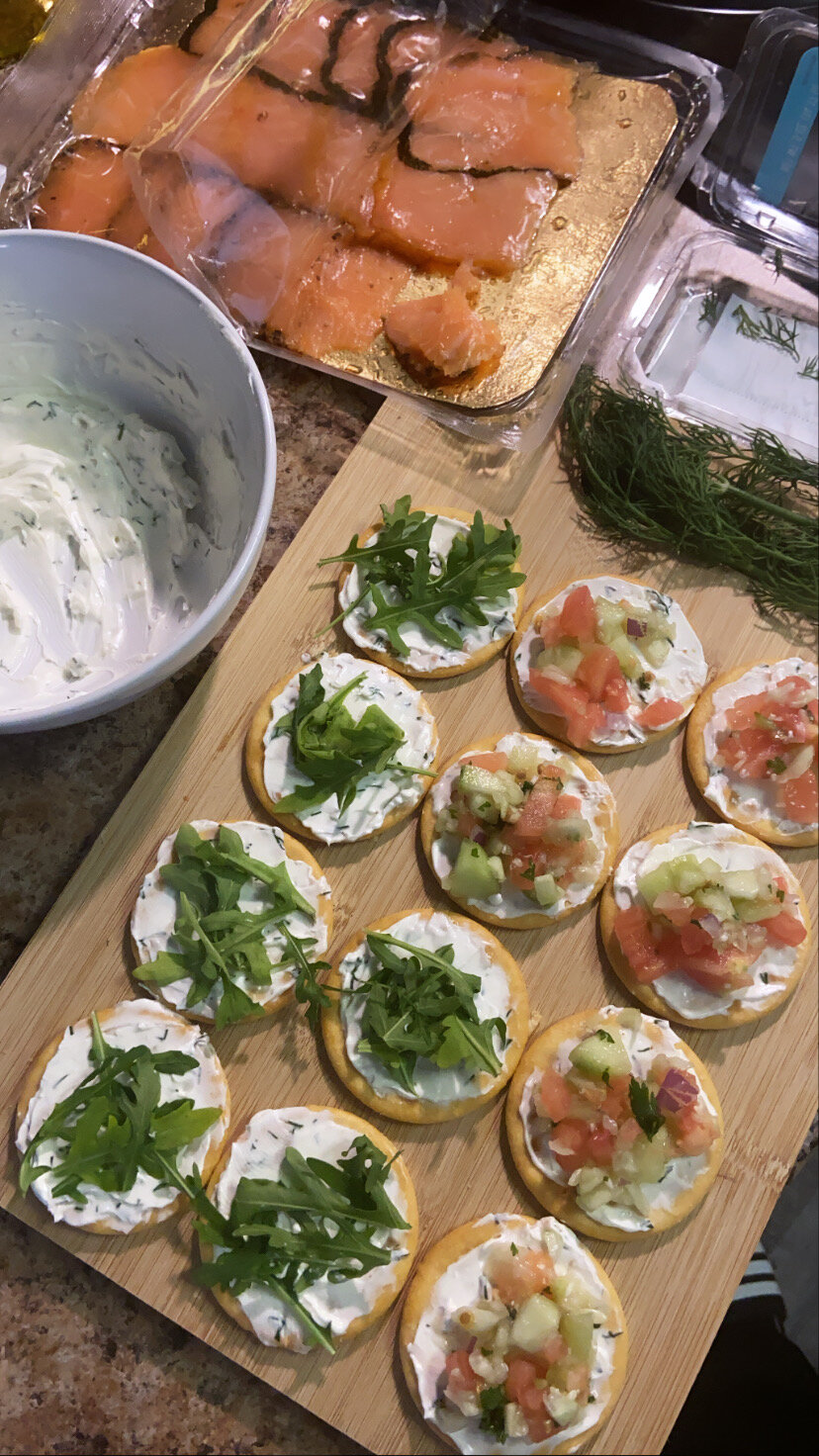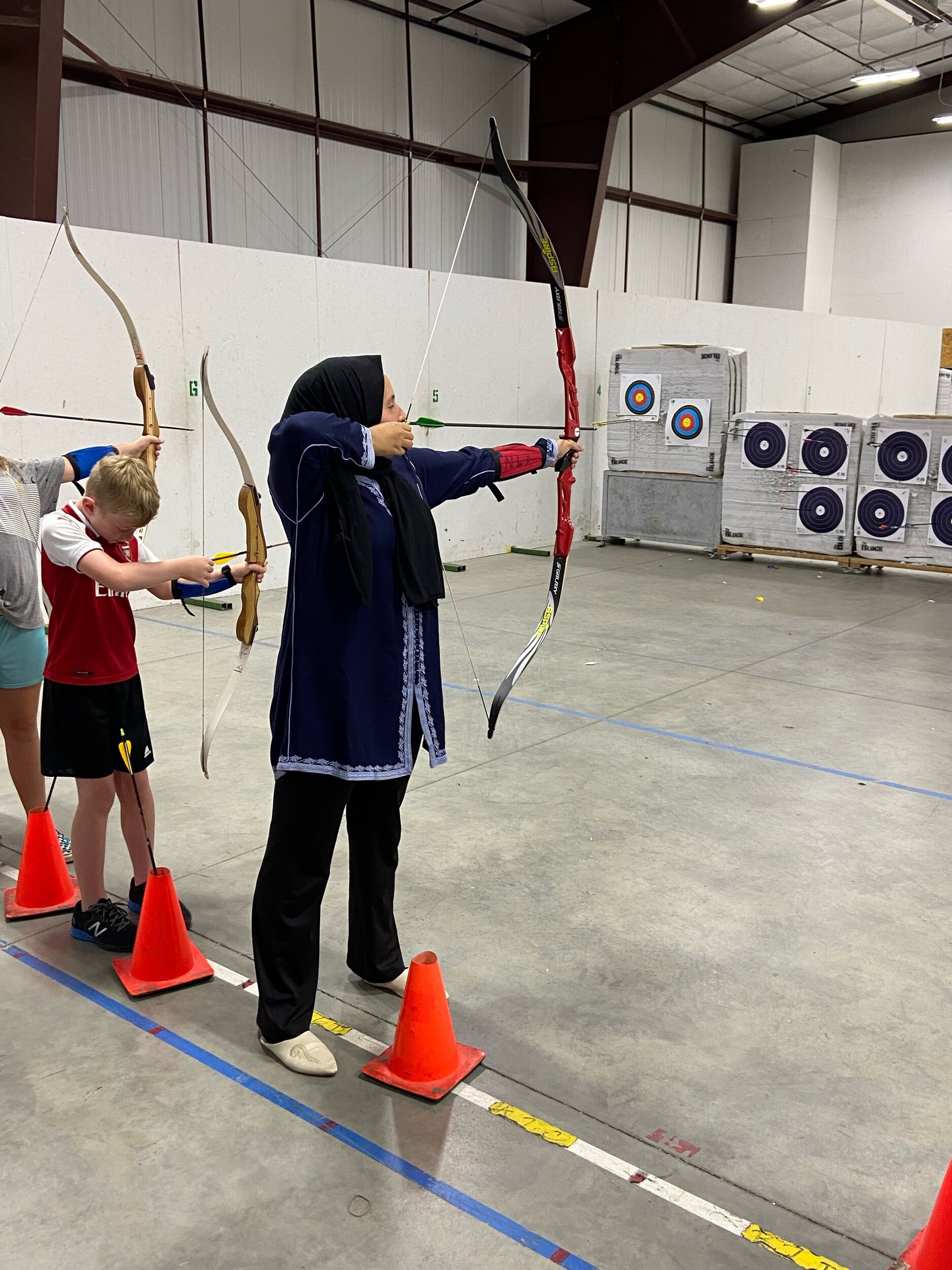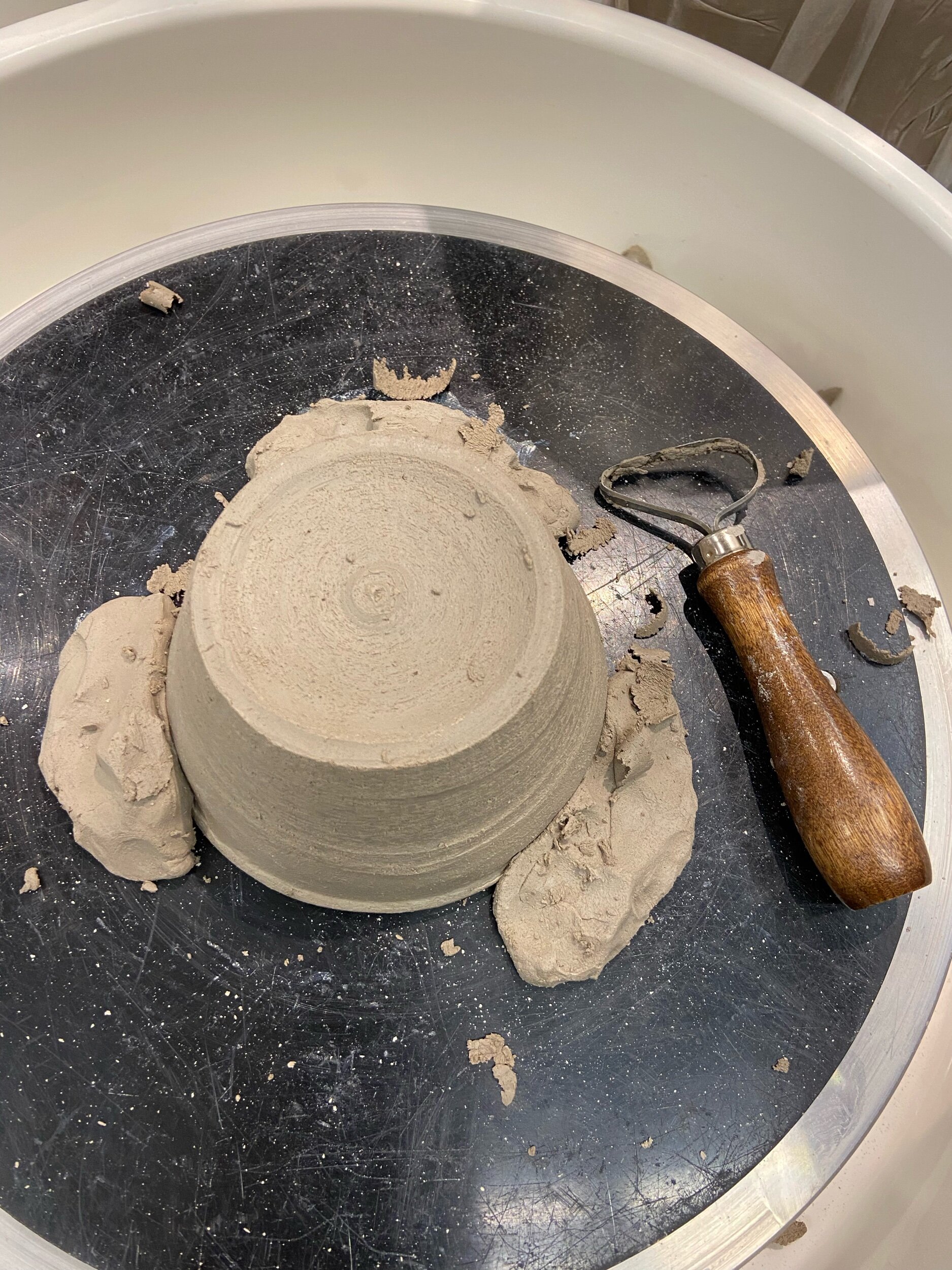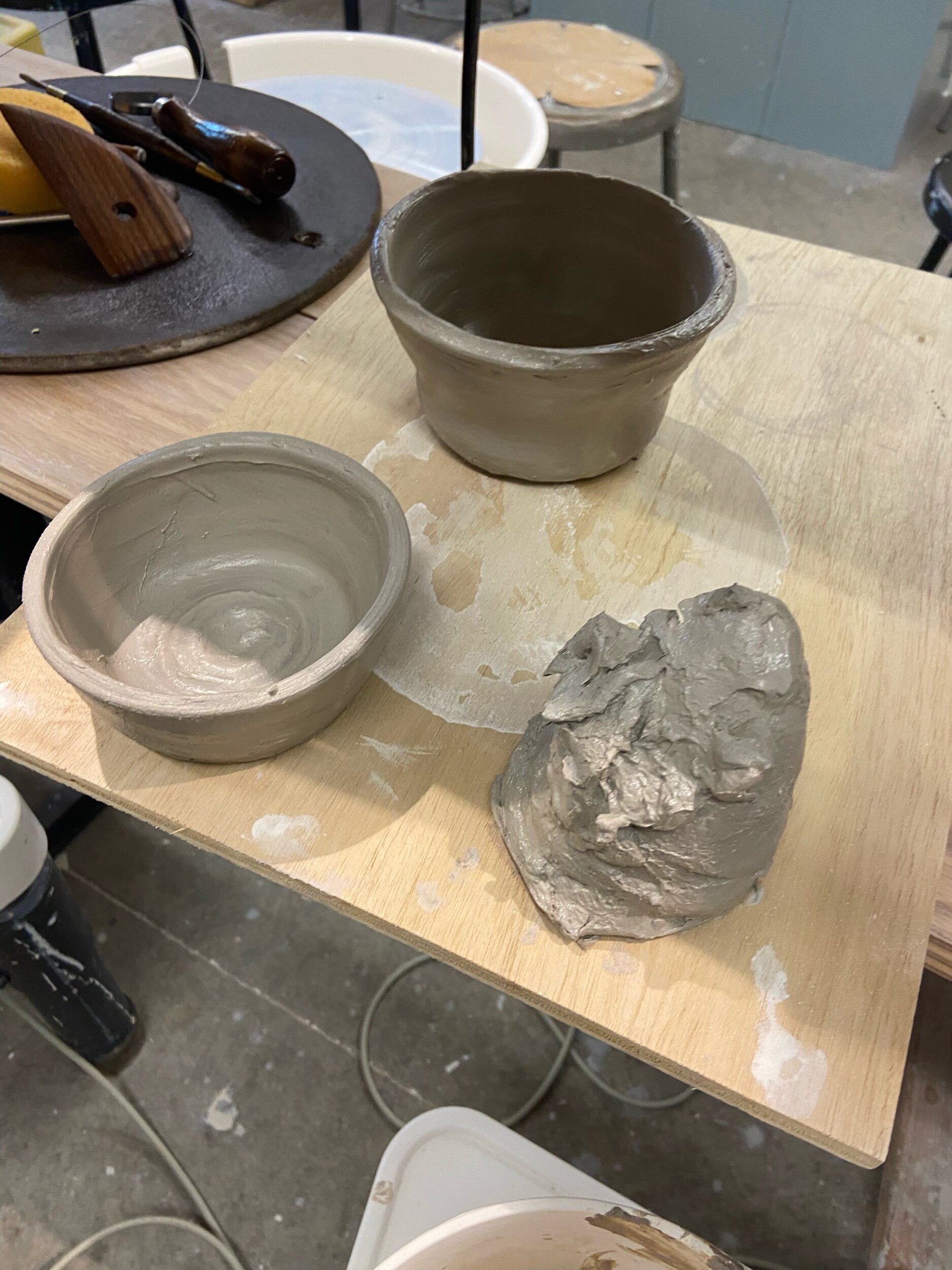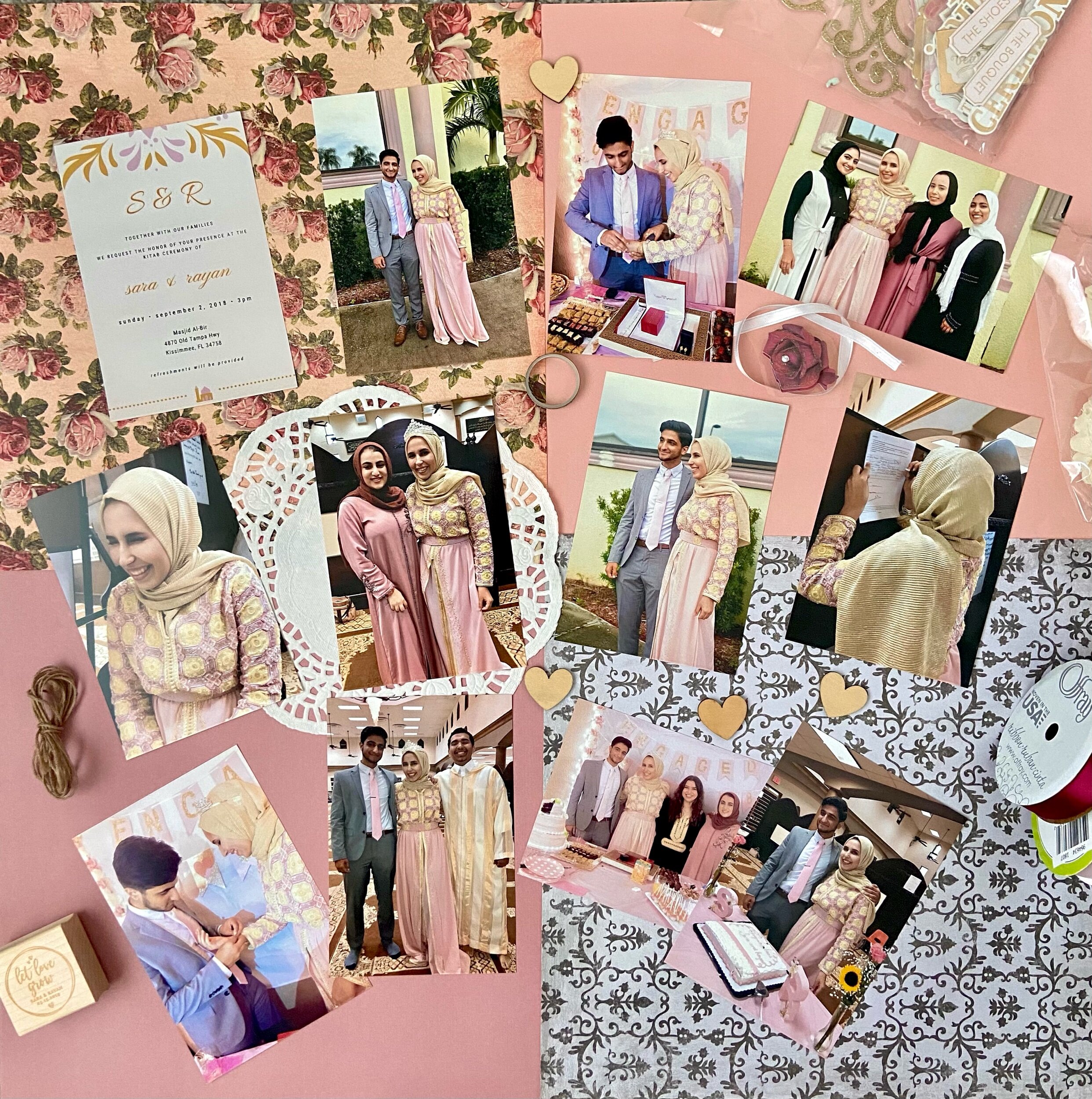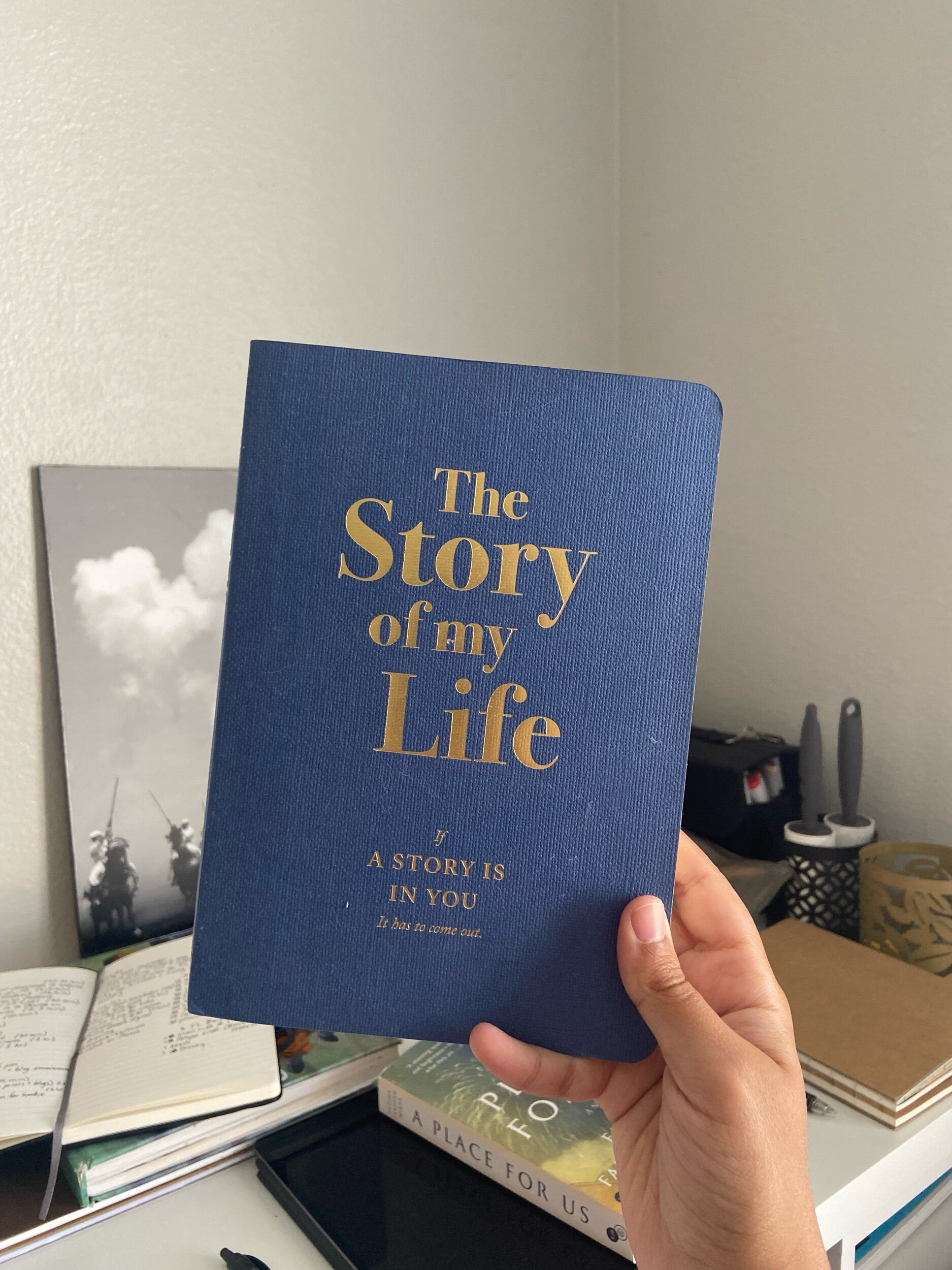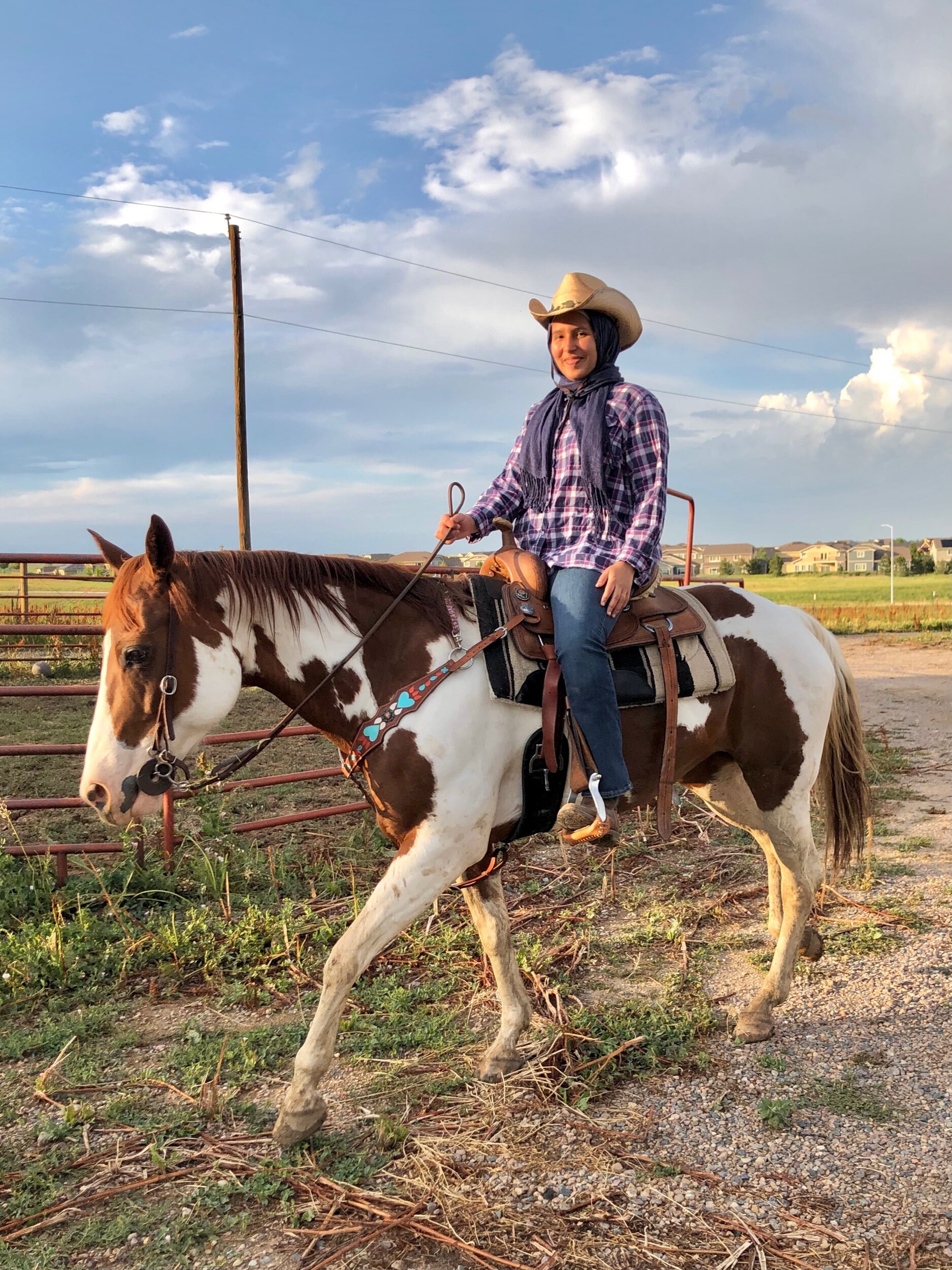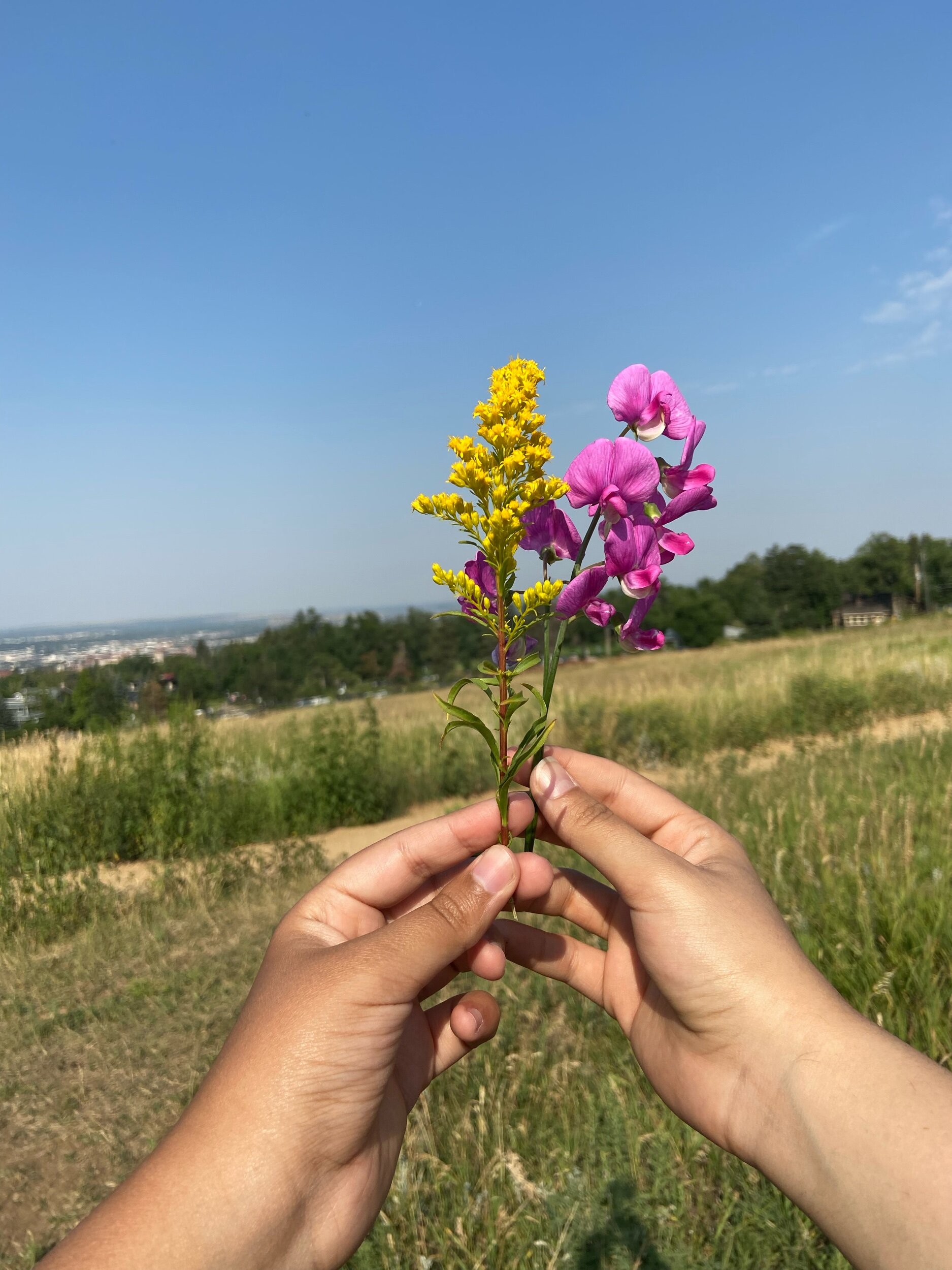7 Ways to Live a More Creative Life
As an artist who draws and writes, I often come across individuals who praise my work while also claiming they aren’t creative, as though it’s the misconceived absence of their creativity that makes my work more praise-worthy.
It took quite a bit of time and reflection for me to claim the label of being a “creative”, but something about the rigidity of the label troubles me. I used to believe the word “creativity” meant producing something original, like an artwork or a novel. A book that transformed my way of thinking, however, called “Steal Like an Artist” promoted the idea that creativity is a fundamental human process that everyone partakes in, and is not simply about producing art or inventions.
Most individuals assume creativity involves a paintbrush or yarn. There’s an even broader definition to it. In essence, creativity is about problem-solving. The outcome of it can typically be an original creation, but the actual process is about being observant to a problem and implementing solutions. To that end, we practice this everyday. Perhaps you reorganized a cluttered room, or cooked a great meal from last night’s leftovers. Perhaps you implemented a new process at work that streamlines communication, or you created a PowerPoint for your class. These are all application of creativity.
There are many books out there that can discuss the concept of it in more detail (and with more prose than I ever could), and my first recommendation at the top of the list is “Steal Like an Artist” or any of Austin Kleon’s books. He breaks down the word and offers concrete steps to apply more creativity in your daily life regardless of your profession.
Based on the books I have read, I’ve compiled a list of ways you can apply some creativity in your daily life:
1 -Understand What Creativity Is.
The first step to application is comprehension. If you enjoy reading theoretical or self-help books, here’s a short reading list about creativity.
3- Big Magic
2- Be Curious.
I once read in a book that asking questions and chasing the answers is how you get ahead in life. This seems like a pretty vague thing to do, but in truth I believe we rarely adopt this mentality. I watched a video about an experiment where a group of elementary kids had to write questions they had about the world. Their pages were full, a testament to the bubbling curiosity they have about this planet. Why is the sky blue? Why are there so many languages in the world? Where does rain come from? How many colors are there?
The psychologists then asked a classroom of high schoolers, and the questions were far fewer. They concluded that it wasn’t because the students were more knowledgeable than elementary students, but because somewhere down the line of public school education, a spark for knowledge has dulled. We were groomed to attain education for the points and not for the joy of acquisition of knowledge. And now, in a world where there is information in abundance at the touch of our fingertips, we stop asking questions, especially the ones that have nothing to do with our grades or our jobs.
And so, this task item of “being curious” is more of a habit to develop. On a regular basis, google things and go down a rabbit hole. If a question pops in your head on a whim, chase down that reference no matter how mundane it may seem. Why are highways marked with certain numbers? What are some edible plants in my backyard? What’s the capital of Wisconsin? What is the most dangerous animal in the world? What are the types of clouds? Can cats dream? How do you spell “restourant” or “indipendant”? I wholeheartedly believe that these are the types of questions that matter.
3- Carry a Small Journal with You Wherever You Go.
I challenge you to try this for one week or one month. I know not everyone is a writer, and that’s fine because this habit doesn’t require much writing. The purpose of this is to document your moments and observations in whatever way you see fit. Doodle, write notes like contact information or a grocery list, or even just a sentence a day. Collect stickers, press leaves or flowers, use random receipts as bookmarks. Write a dumb couplet that comes to mind, or perhaps a question that you want to remember for later. Write some song lyrics that resonate with you, tuck a paper ad inside that was handed to you by a stranger on the corner of the street. Don’t pressure yourself to make it neat or even use every page in order. Down the road, the journal will seem meaningless and chaotic to anyone who opens it, but to you, it will probably mean the world. Our memories are so fickle and we tend to forget the tiny moments. This habit will encourage you to remember them.
I started this with just my notes app, which has hundreds of entries of random things that came to my mind. It’s got poems, lists, and ideas. Now I have several journals as well with different purposes: one for writing regular entries about daily life, one for envisioning my goals for business, one for sketching and collaging, and one for answering pre-written prompts about the stages of life I’ve been through. For those who can’t commit to managing several like that, a small pocket-sized journal is a great entry to the world of journaling that will enable you to be more observant of the world and the way you interact with it.
4- Play.
I love this habit. I believe that no matter the age, playing is important. It is the unrestrained interaction between humans that builds strong connections and releases happy chemicals in the brain. We see this mostly in small children, but it can also be witnessed between married couples or single adults. Of course, the concept of playing can take on a myriad of forms. This can be the conventional form of playing games or crafting something with your hands.
The task-item for this habit is to incorporate more playtime in your life. No matter how stressful your day job is (if anything, the more stress you have in your life, the more imperative playtime becomes) set a block of time to do something that releases those happy chemicals. Cook a delicious meal from scratch, climb a tree outside, take a class for a new hobby, spend some quality time with children (they’re the best teachers when it comes to this activity). Wrestle with your partner or kids, or have a tickling match- or even a water-gun fight. Go for a bike ride, dip your feet in a river and create splashes, invite some friends over and play a competitive match of Uno. Ask yourself, when was the last time you laughed deeply? When was the last time you felt joy or tried something new? In a world where capitalism and productivity is the defining mark of your value, taking some time to simply play and find joy is the greatest act of resistance and self-care.
5- Start a New Habit and Stick With It (Try a 1-Month Challenge).
In the last task-item, you were asked when was the last time you tried something new. For this particular task-item, I want you think about something that you’d like to try and be consistent with it for one month. It could be starting a new hobby or incorporating a new habit into your routine to make you feel more productive. I recently challenged myself to pray fajr (the dawn prayer for Muslims) and stay up instead of going back to sleep. It hasn’t been a month yet, but I can tell you that it’s done wonders for how I feel about my days despite how much I used to love being a night owl and sleeping in. I feel like I get to see the sun for a longer period and I don’t have as much anxiety about how little I accomplish in a day. I’ve also challenged myself to try new things like archery, pottery, and horseback riding classes. Incorporating these activities regularly not only increases “playtime” but also diversifies my way of thinking and doing. It’s so easy to get caught up in a routine for a long period of time, and it’s important to change it up now and then. We shouldn’t be living in autopilot- and although creating a habit may seem to lead to monotony, I’m challenging you to regularly incorporate new habits to avoid that.
6- Find Your Tribe.
I addressed this point in a previous blog post “How to Start Over in a New City”, but I’m going to address this in a slightly different context. No matter how long you may have lived in your city (whether you just moved or grew up in it), I doubt you can say that you’ve met and befriended every person inhabiting it. The goal of this task-item is to find your tribe of people who inspire you to live consciously, and by that I mean people who discuss more ideas and less gossip. People who push your beliefs or inspire you to do more things that matter to you. This doesn’t mean ditch your friends, but rather to engage in outreach to expand the people in your circles.
Some people may think of their social dynamics as a layer of rings. You have one outer layer for people you consider acquaintances, like coworkers or the people you regularly say hello to when you order a coffee on the way to work. Then you have another inner layer for friends, and another layer for intimate friends/family, and so on and so forth. I like to think that those rings aren’t always layered neatly like that- sometimes those layers overlap, or maybe they’s next to each other instead of layered, but don’t touch at all.. An example of this is my social dynamics from high school. I was involved in different groups such as after-school clubs, my Saturday Islamic studies class at the mosque, and my Taekwondo team. A lot of the people in my inner circle like my TKD coach, my neighbor, and the kid I rode the bus with everyday and had deep conversations with have never met each other, and that’s okay. Your tribe doesn’t have to be a cohesive group of people who interact together, but can by a variety of groups that provide different things for you. Here are ways that you can expand in that outreach:
-start by thinking about what’s important to you. What are the types of conversations you want to have? What are the qualities you admire in people?
-sign up for a class to learn something you enjoy (and therefore attract like-minded people).
-get involved in a leadership position for a club or organization whose cause you’re passionate about. If leadership intimidates you then start as a volunteer.
-follow social media accounts for people whose content inspires you. Reach out to them in DM’s. Some might not see them, but you’d be surprised who’s willing to respond. Start a friendship and try to make it tangible by meeting them if they live in the same city. If not, virtual tribes are a good start, too.
7- Show Your Work
This task-item is about showcasing your process, whether on social media or just the people in your inner circle whom you trust. Something that I’ve loved since I started being vocal about creativity is the DM’s I’ve gotten from followers who tried something new and send me pictures. Others have started to feel more comfortable posting about it on their Instagram stories or feed and sometimes tag me so I can see it and respond. The beauty of social media is that you can build connections with people on virtually anything you can think of. If you’re starting a new habit, you can document your process or send updates in a group chat. If you met someone new who inspires you, you can post and tag them. If you prefer to keep things “real” instead of virtual, you can partner up with someone who’s also interested in a particular activity and have regular meet-ups and discussions. If you’re reading a new book, or you found the answer to a question people always ask but rarely look up, you can share the results or your insights. There are so many ways to go about this, as long as you recognize the importance of expanding beyond the confines of your private thoughts and navigate the bravery of expressing yourself to someone else. Think high risk, high reward.
Everyday Activities that Involve Creativity:
-decorating/rearranging a room
-cooking a meal or baking
-gardening
-photography
-journaling
-writing a novel or poetry, even if it’s just scribbled on a napkin
-buying and flipping items from a thrift store
-entertaining/hosting guests
-completing crossword puzzles, sudoku, or a physical puzzle
-knitting/crocheting
-creating travel itineraries
-blogging
-putting together outfits
-candlemaking
-collecting items (stamps, leaves, scrapbook paper, figurines, trading cards, fancy journals and pens, etc)
-writing reviews for restaurants or books
-compiling a list of restaurants or cities you want to visit
Your Turn
At the end of each blog post, I typically have a “Your Turn” section. Something I’d like to put out there is that it’s not a ploy to increase engagement and views. I genuinely want to know what your thoughts are because this blog is my attempt to find my tribe and connect with like-minded individuals who want to engage in creativity. With that said, I’d like to know the following from you (choose whatever prompt you want to respond to, or pick all of them):
1- What is your definition of creativity? Do you think it’s counterintuitive to define it for yourself?
2- What does a “creative life” look like to YOU? Note: I’m asking for your subjective experience.
3- Which of the 7 methods listed would you like to incorporate more in your daily life?
I pray that you all find ways to live more creatively and consciously. Thank you for reading this far.




